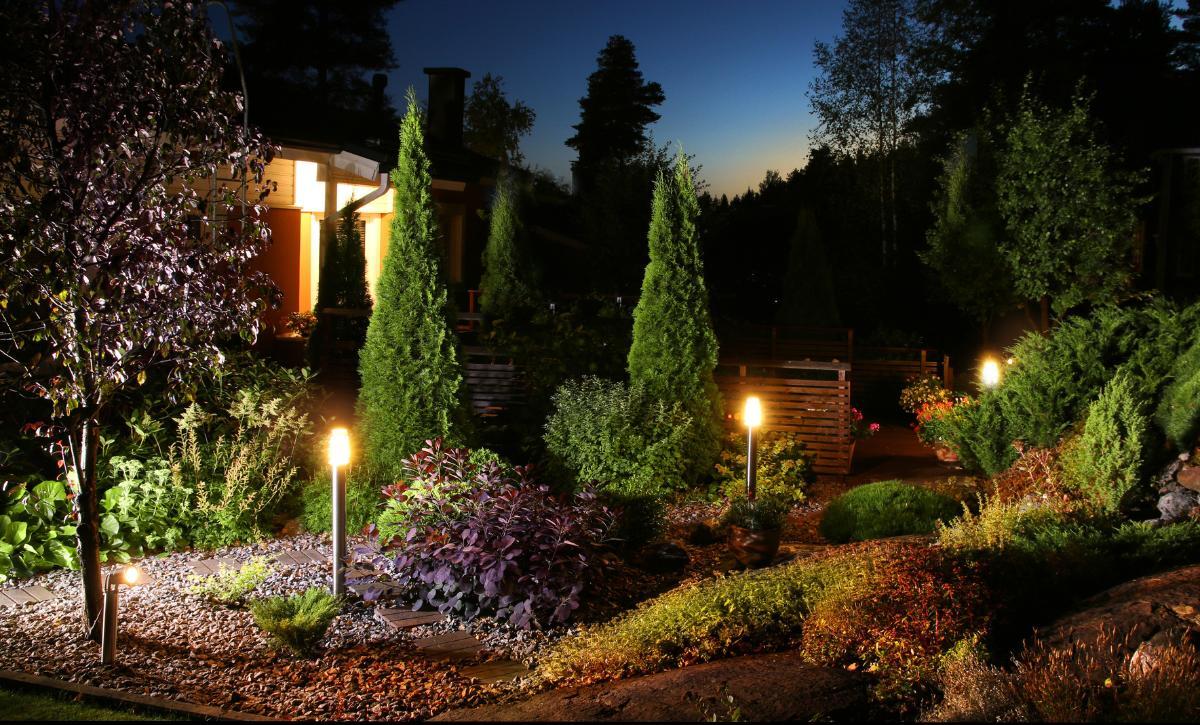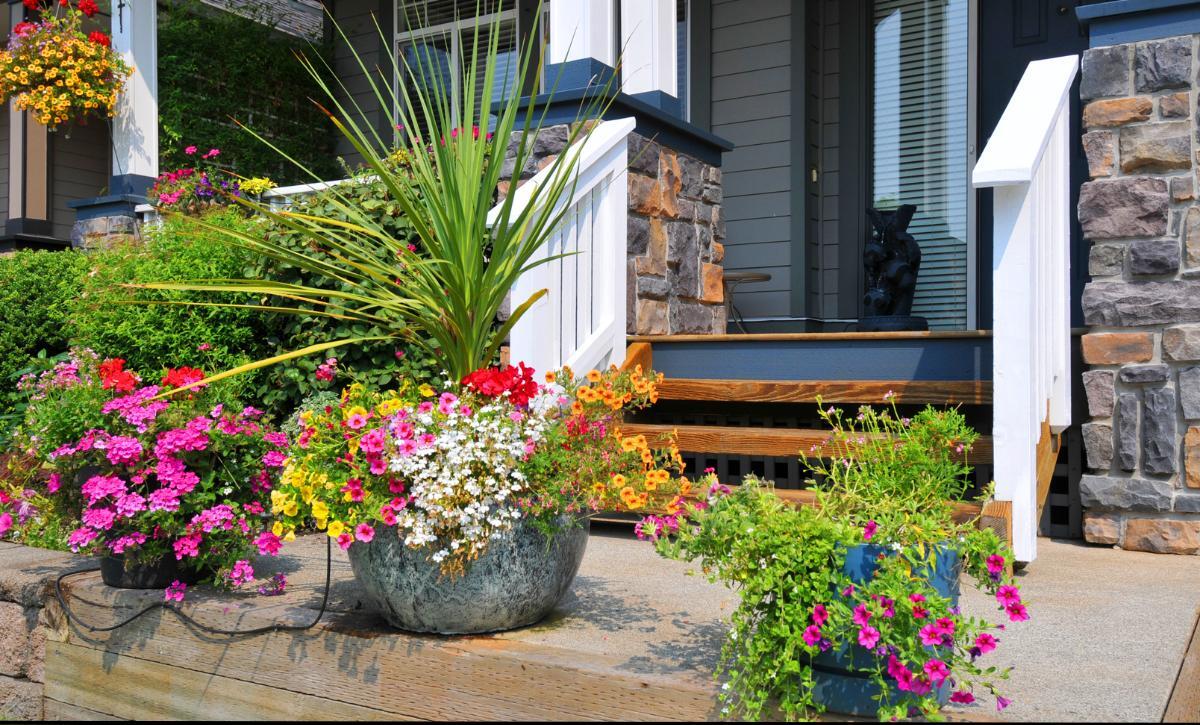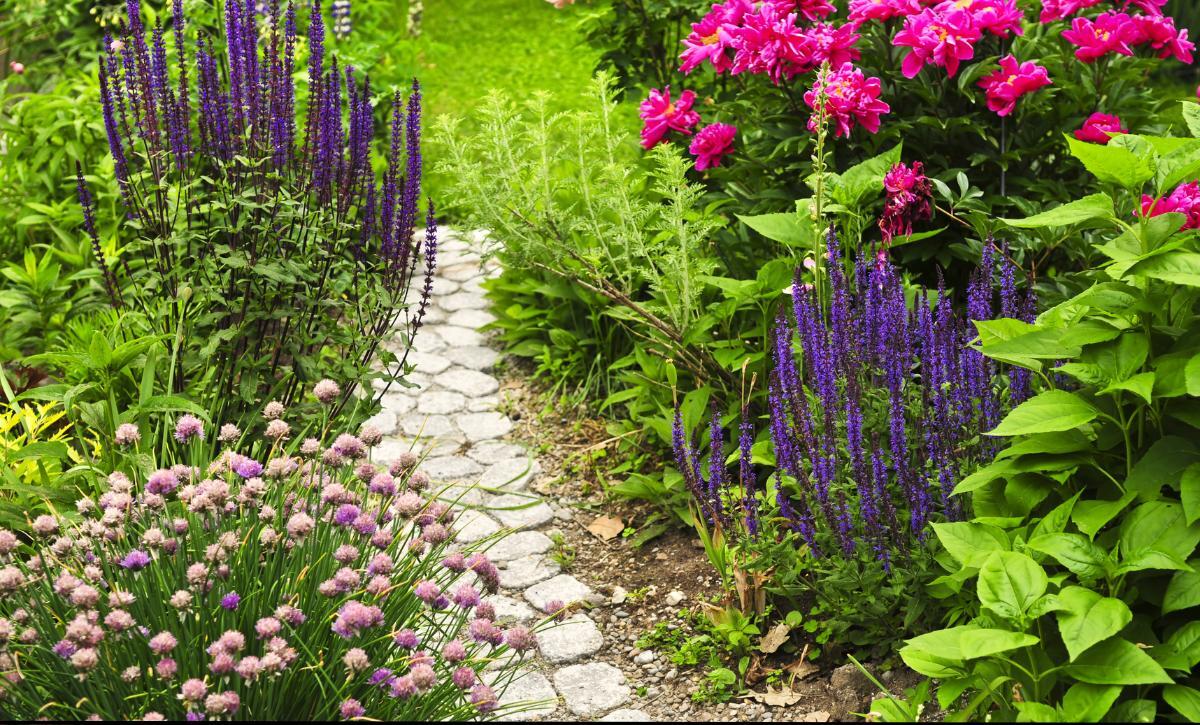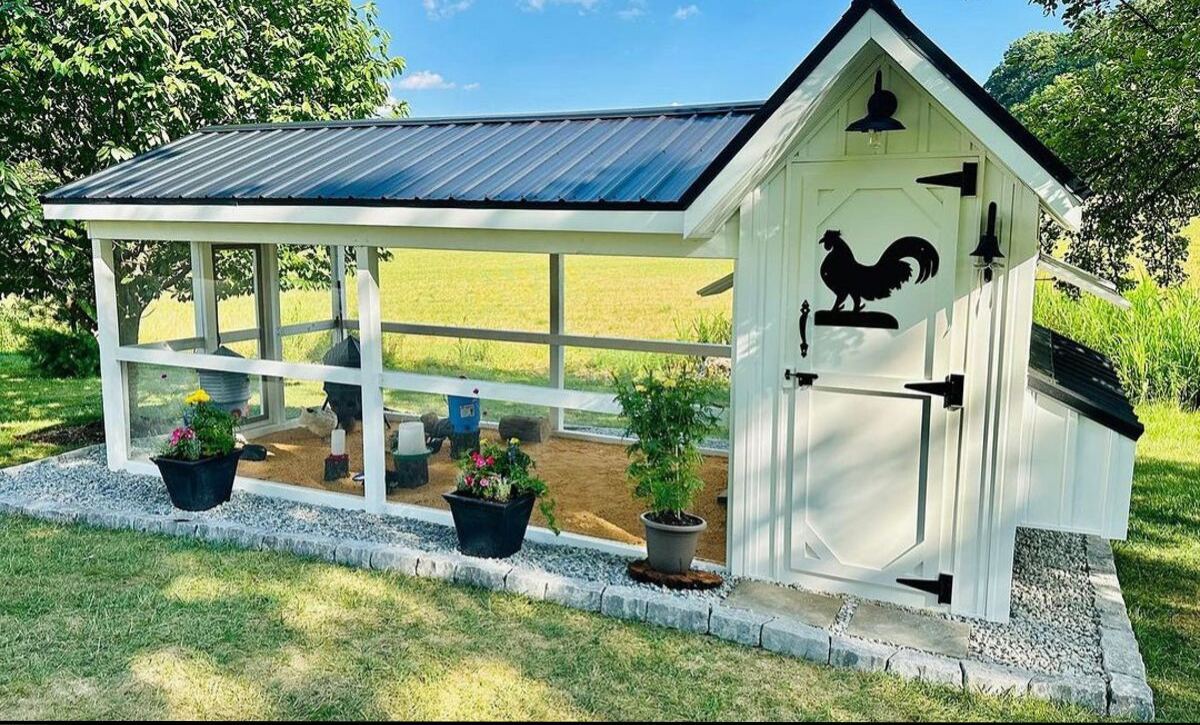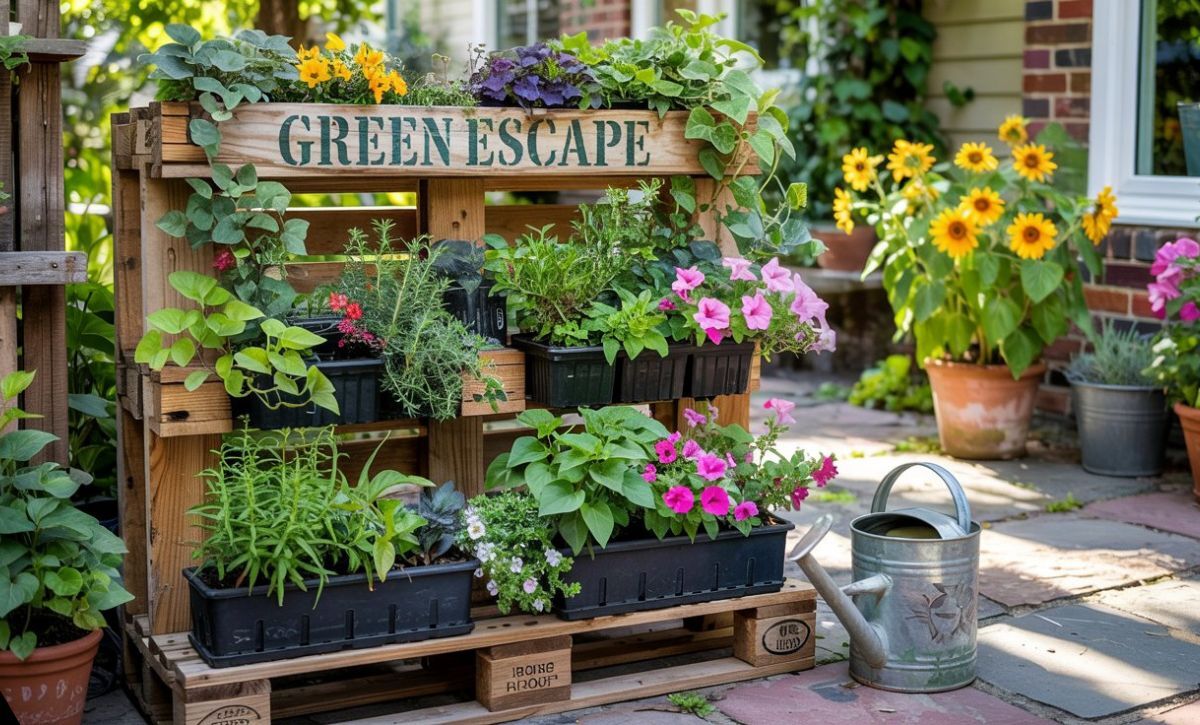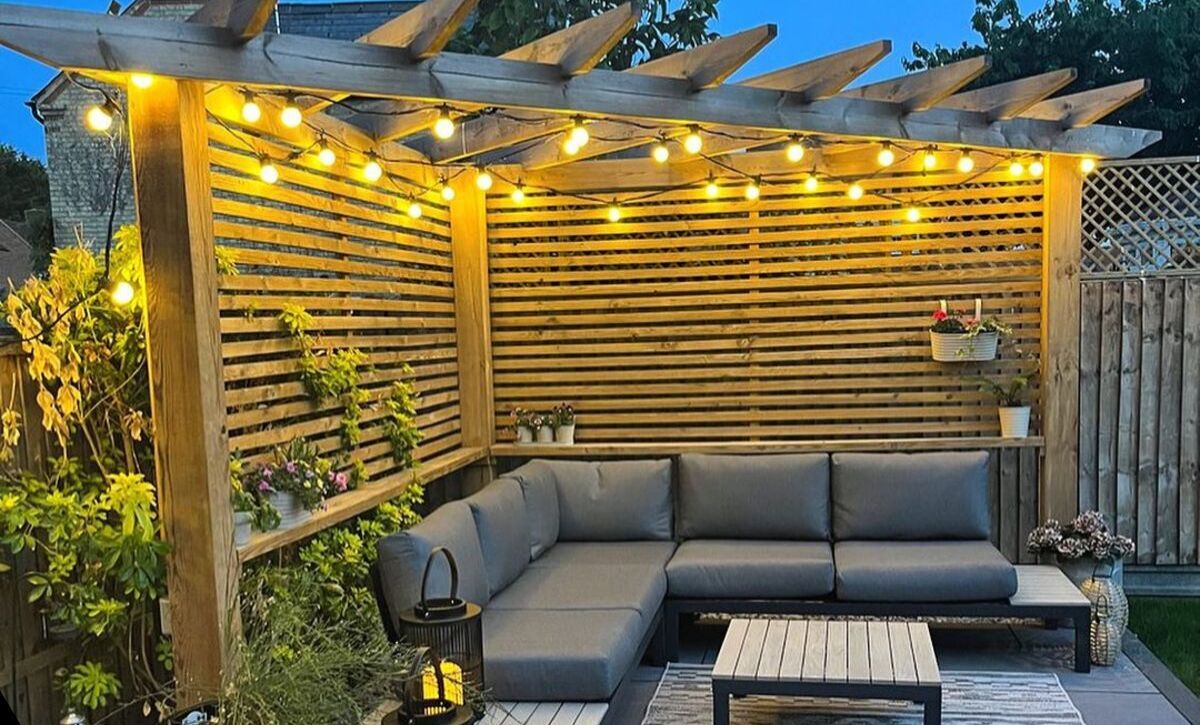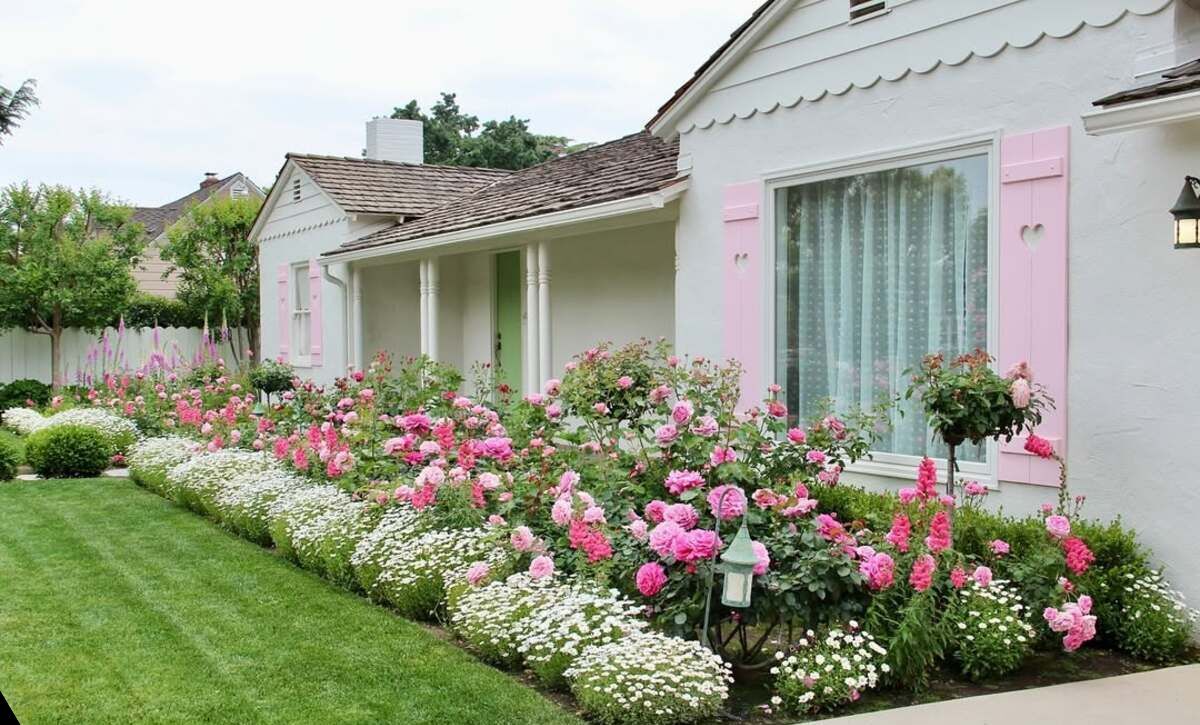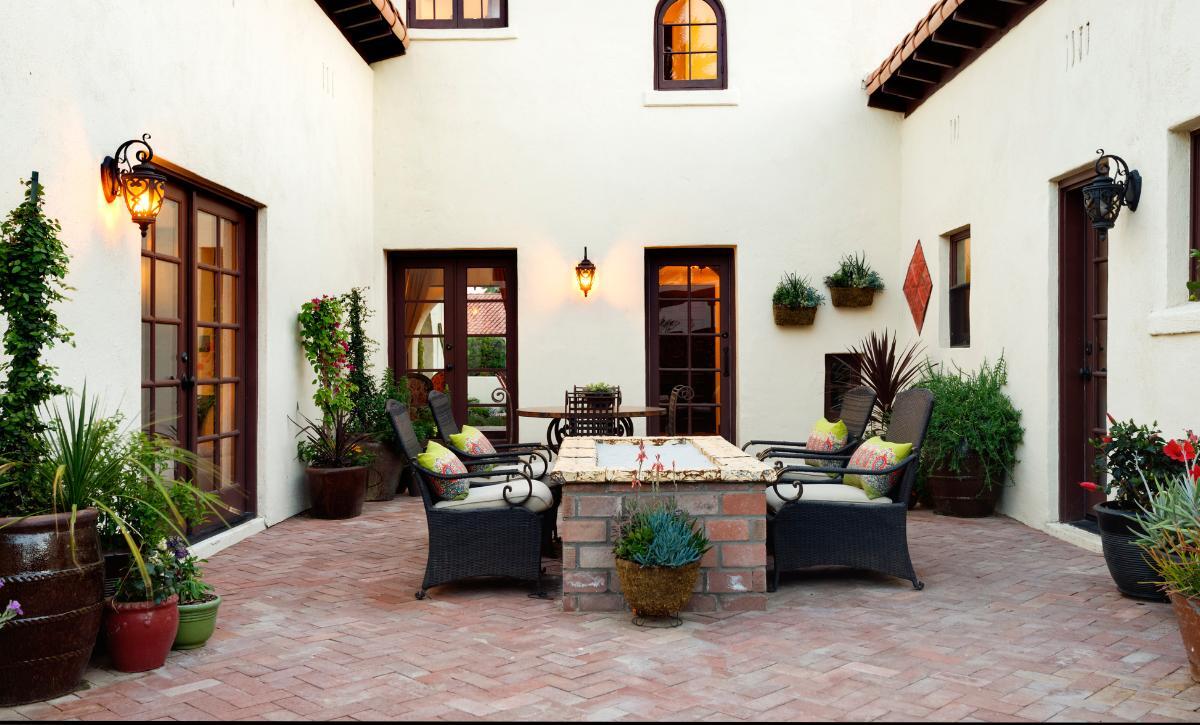Most plants love sunlight so if you are willing to enjoy a garden that is not interrupted by grass or empty spaces with soil, then you must consider the ground cover plants for shade. They are those species that are often underestimated but so easy to grow and maintain.
Groundcovers are actually the best substitute for grass because they help keep the garden’s integrity and even protect the planted flowers from pests and diseases.
Another advantage they have is regulating the temperature of the soil and moisture of the soil. The war with weeds also becomes more bearable because they stop it from growing.
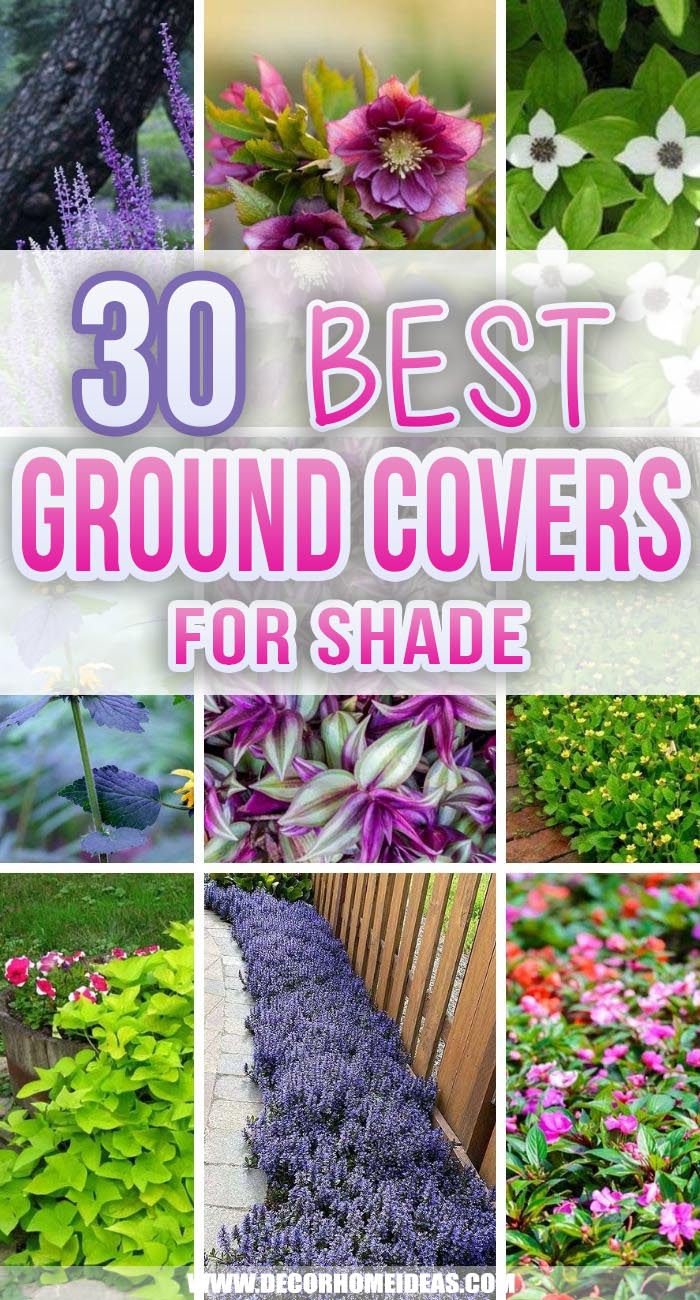
If you are already into planting groundcovers, take a look at the variety of species that are best for adding texture to the “lonely shady spots” of your garden.
They will quickly grow and spread to create a harmonious landscape arrangement that will increase the curb appeal of your home.
1. Barrenwort
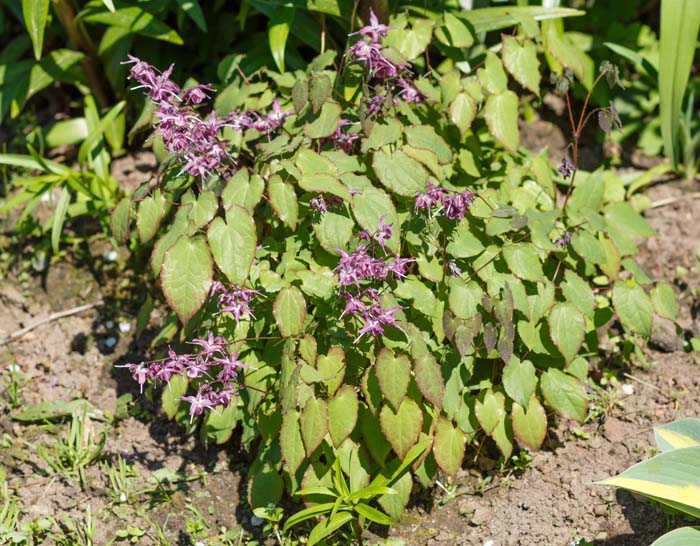
This is an evergreen groundcover plant that is famous for its heart-shaped foliage and gentle blooms appearing in early spring. It becomes 12 to 18 inches tall to cover the shady space under shrubs or trees.
Being one of the tallest kinds, epimedium combines well with hellebores and other spring-flowering plants, creating the highest point of a cascading arrangement.
The color variety of blooms of barrenwort includes pink and white flowers.
- USDA Growing Zones: 5 to 9
- Botanical Name: Epimedium × Rubrum
2. Blue Lilyturf
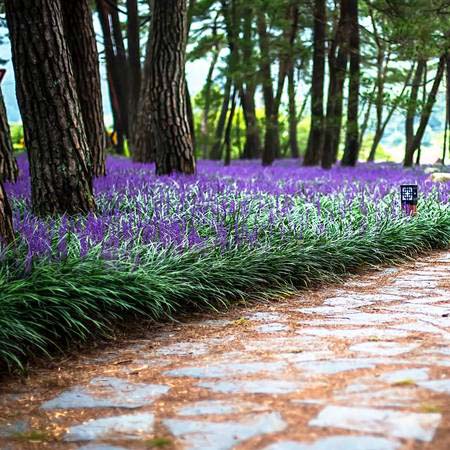
Liriope Muscari is another ground cover plant that substitutes plain grass in a fabulous way. It is an invasive species because it spreads quickly forming clumps.
Its foliage reminds of ornamental grass but actually, it is not classified as such from a botanical point of view. In spring it produces spires of purple flowers that peek out to create a fresh texture against the green and white long leaves.
Depending on the variety, the Lilyturf can grow up to 6 inches and cover slopes and areas where there is sun or partial shade. Being an evergreen kind of ground cover plant, you can enjoy the tufts all year long.
- USDA Growing Zones: 5 to 10
- Botanical Name: Liriope Muscari
3. Blue Star Creeper
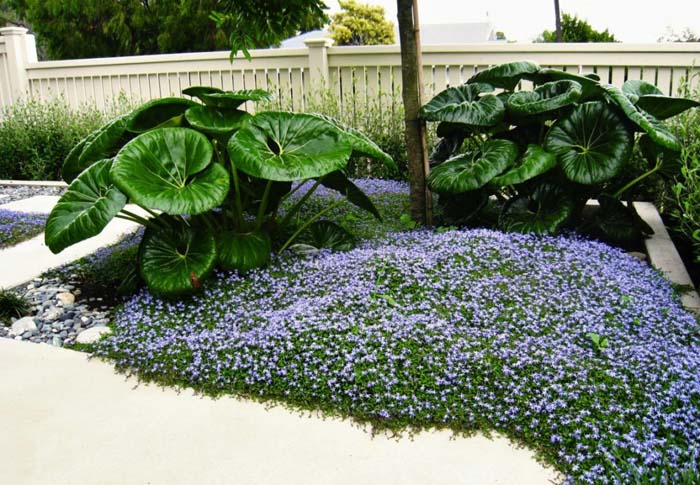
This easy-to-grow plant produces pale-blue flowers and thick creeping green leaves that can last during the warmer part of the year. It looks like a living carpet due to its small but thick foliage.
As it spreads really quickly, this ground cover plant is the preferred solution for gardeners that need a quick upgrade of the landscape. It feels good at sunlight and at partial shade.
- USDA Growing Zones: 6 to 9
- Botanical Name: Isotoma Fluviatilis
via Native Plants NZ
4. Bugleweed
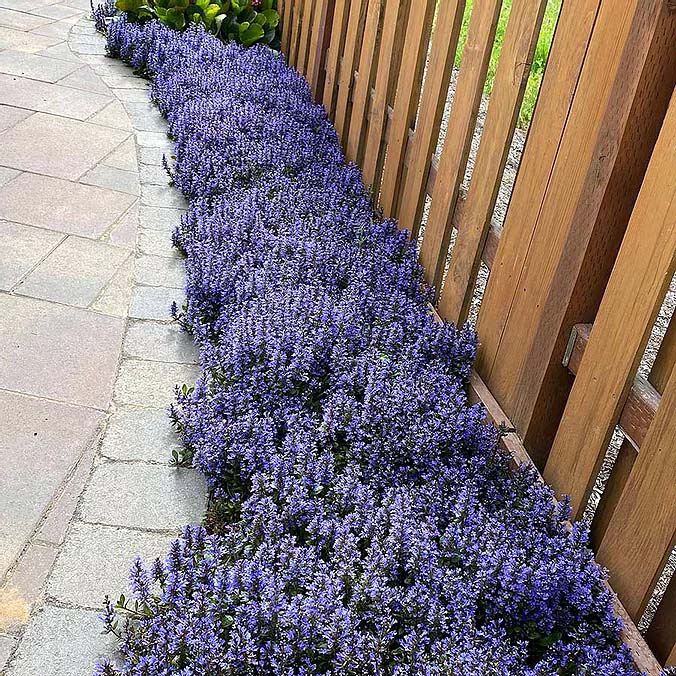
This is a creeping plant with indigo-blue flowers that hide the foliage during their blooming phase. The greatest about this ground cover plant is that it looks good also when the blooms fade away.
It prefers shade but it can also resist partial sun. In case you are wondering which of the variety offered to get for your garden shade areas, either will feast your eyes.
The difference between the species is in the color of their leaves- green, bronze, purple and variegated. u won’t be wrong with There are dozens of different varieties of bugleweed on the market.
- USDA Growing Zones: 3 to 10
- Botanical Name: Ajuga Reptans
5. Bunchberry – White Flower
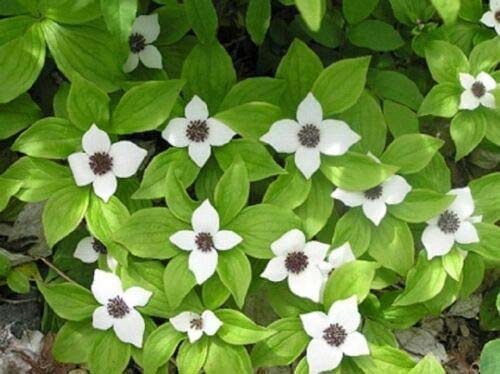
This beautiful perennial ground cover plant has large green leaves surrounding like a scarf a delicate white or green flower with dark purple stamens. You will be surprised by the fact that this flower is not only with an attractive look but also with a practical value being used in medicine.
To grow it, make sure that you water it often because it doesn’t resist drought and also too much sun. And because of that, it is the perfect addition to the shadiest places under shrubs and trees. The cute red berries that appear after the white or green flowers fade make it attractive during all growing phases.
- USDA Growing Zones: 2 to 6
- Botanical Name: Cornus Canadensis
via Amazon
6. Carpet Box
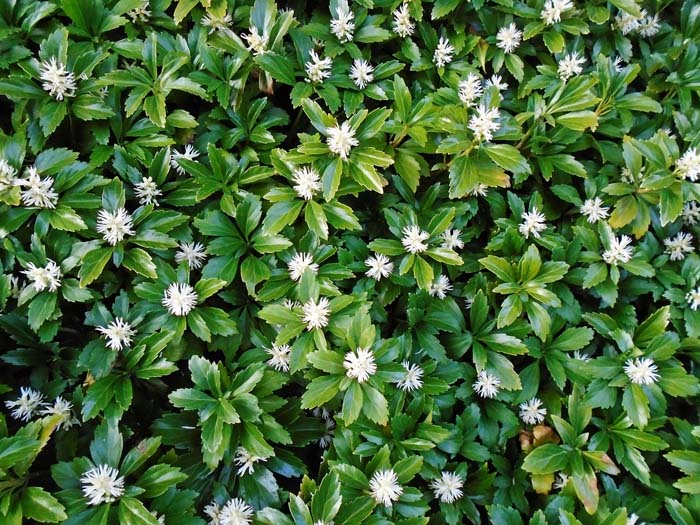
Also known as Japanese spurge, this ground cover native plant can form a thick green carpet with an interesting texture. Therefore its famous name comes from. It likes shade areas so you can use it to cover a large ground area under trees and shrubs.
It has glossy deep green leaves which have notches on their periphery. In spring it blooms with small white flowers. Don’t worry about watering it, it can also resist dry periods.
- USDA Growing Zones: 5 to 9
- Botanical Name: Pachysandra Terminalis
7. Christmas Ferns
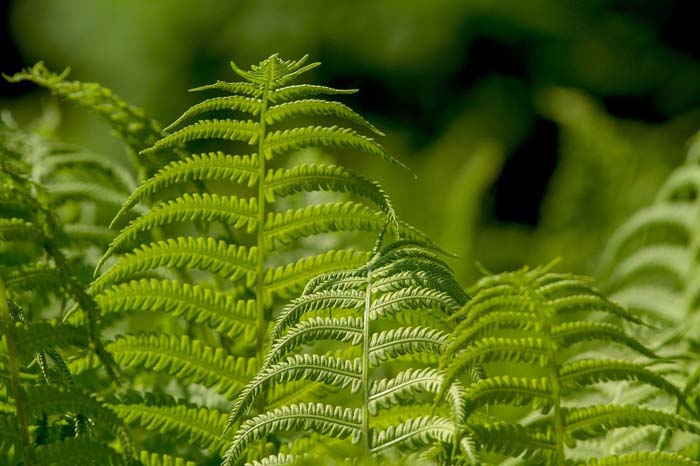
The fern is a plant that creates interest even when it grows on its own. When planted it creates a thick green tuft that can resist full shade and drought.
It is an evergreen ground cover plant and can be planted in any type of garden and give it texture even in winter.
- USDA Growing Zones: 3 to 9
- Botanical Name: Polystichum Acrostichoides
8. Common Periwinkle
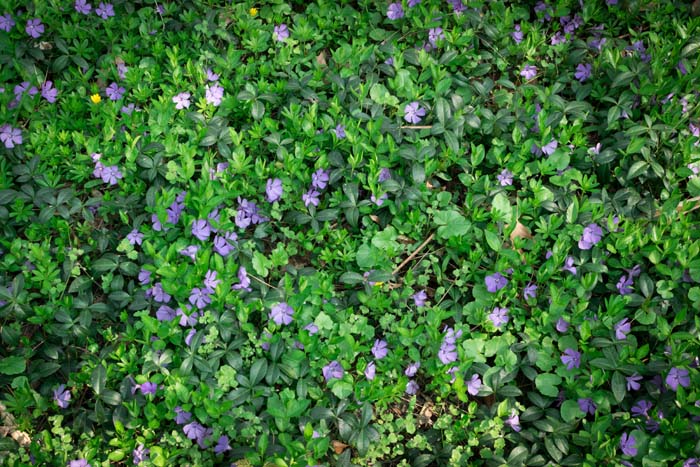
Vinca minor is probably the most unpretentious groundcover plant. It spreads quickly and requires no maintenance. It grows in sun, also in shade.
The glossy dark green leaves are spread evenly on a cluster and creep in the ground. The flowers are purple-blue.
- USDA Growing Zones: 4 to 11
- Botanical Name: Vinca Minor
9. Creeping Liriope
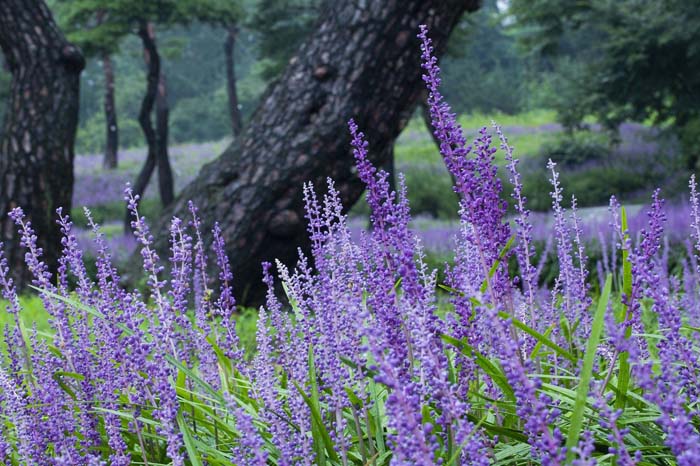
This evergreen plant is good for garden beds under large trees where there is thick shade. It can also grow on slopes, creating spires of purple flowers in the spring.
It spreads quickly but if you would like to make sure that it grows quicker, cut any dead growth back in the spring to let new growth generate.
- USDA Growing Zones: 4 to 10
- Botanical Name: Liriope Spicata
10. Creeping Saxifrage
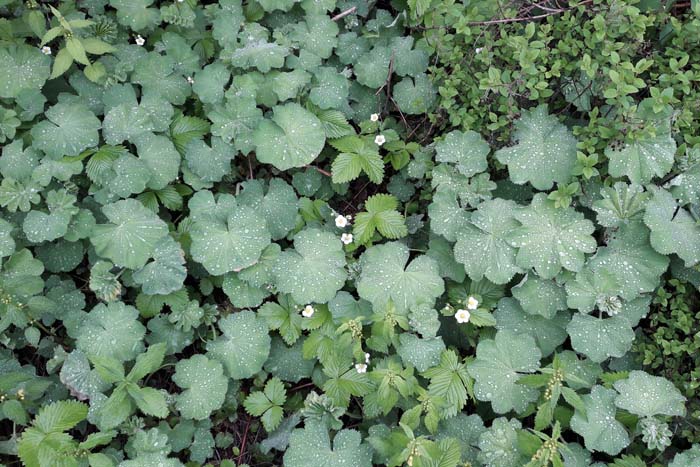
This plant produces offspring so easily that if you are looking for a quick groundcover plant, choose this species. The leaves are round with silver filament. In late spring the plant shows off with small white flowers.
It can endure long and hot summers as long as a little maintenance is carried out. You can plant it in a rock garden as leaves will cover it and create more interest to the area.
- USDA Growing Zones: 6 to 11
- Botanical Name: Saxifraga Stolonifera
11. Cuban Oregano
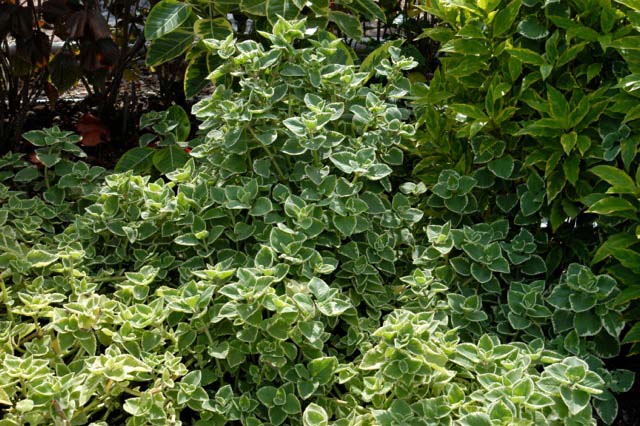
This green plant likes partial shade where it can quickly develop into a lush carpet. It is a perennial plant that originates from tropical regions but can be grown successfully in other climate conditions.
The leaves are aromatic like mint and when touched – they remind of velvet. Their periphery is colored white as their flowers. The Cuban oregano can also produce pink and lilac blossoms. After you succeed in planting and growing it, almost no care is required.
- USDA Growing Zones: 9 to 11
- Botanical Name: Plectranthus Amboinicus
via The Dirt Doctor
12. Creeping Jenny
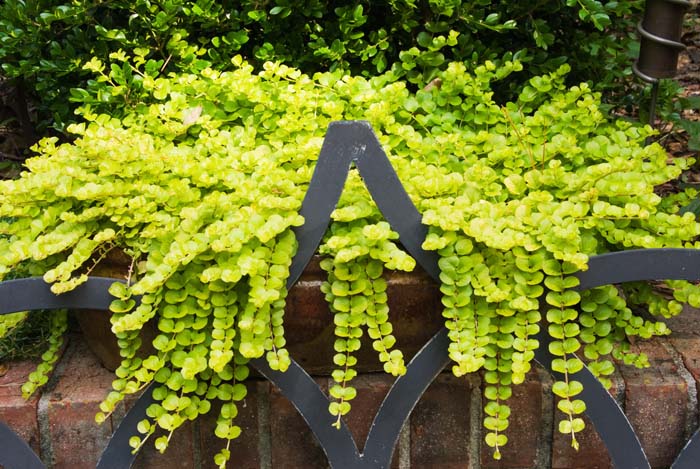
Creeping Jenny can survive partial shade. It is a trailing ground cover plant with light green small leaves. It can also be used for filling hanging baskets. Exposed to the sun, its foliage will get brighter to yellow.
- USDA Growing Zones: 4 to 9
- Botanical Name: Lysimachia Nummularia ‘Moneywort’
13. Golden Star Grass
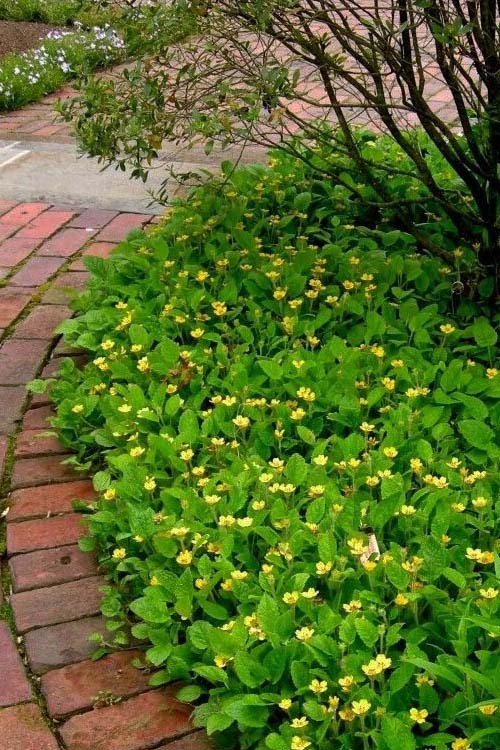
This elegant ground cover plant is perennial that reveals yellow blossoms over a rich carpet of leaves. The blooms appear in spring and remind of small yellow daisies.
The same happens in late summer which makes this plant a preferred species for edging of garden beds or pathways.
It feels good in the sun but can also develop well in medium to full shade.
- USDA Growing Zones: 5 to 9
- Botanical Name: Chrysogonum Virginianum
14. Golden Sweet Flag
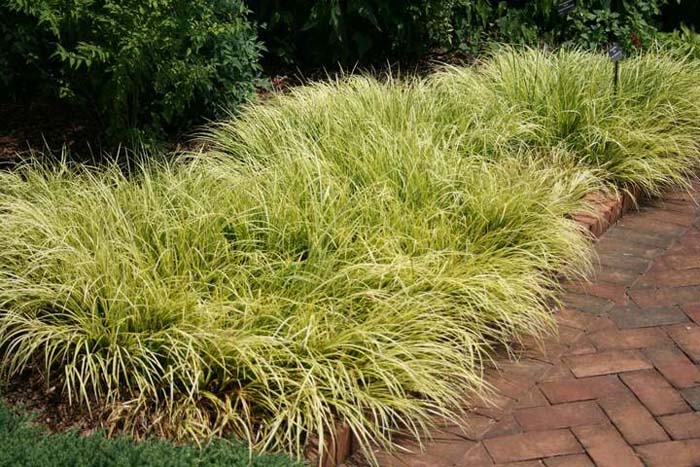
This ornamental grass develops best in moderate shade. It will adapt to average moisture but will act great when the watering is often.
The leaves are golden-colored with green stripes. Because of its attractive look, this ground cover plant is the preferred landscaping solution for shady spaces around trees or around ponds or water features.
- USDA Growing Zones: 6 to 9
- Botanical Name: Acros gramineus ‘Ogon’
via Rare Roots
15. Hosta
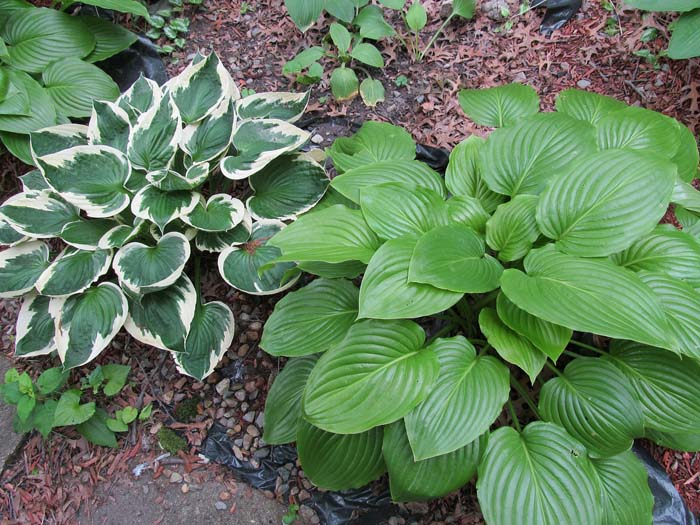
The hosta originates from Japan and therefore it is very delicate. It prefers partial or full shade, otherwise, its gentle flowers will burn.
The best soil for it is light and well-drained. Growing up to 19 inches, its leaves are very large and oval leaves. The white to pale purple flowers appear in summer and bloom till September.
In a colder climate, the blooming phase can start in autumn and last till the beginning of winter.
- USDA Growing Zones: 3 to 8
- Botanical Name: Hosta spp.
16. Impatiens
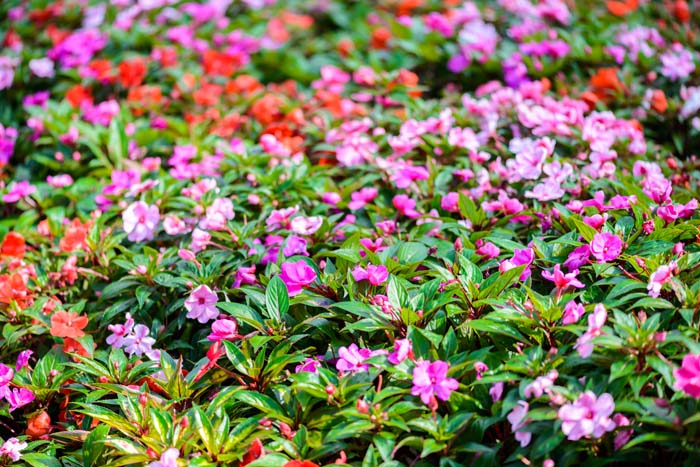
Originating from East Africa, it grows in shady garden beds, thickly planted gardens, in edging gardens. The leaves are wide and alternating in order although you can happen to grow a variety where the leaves are equally spread on the opposite sides at the top of the plant.
Their color is usually green but pink and red spots can appear in their bottom. The flowers are relatively small with five petals. All parts of Impatiens are delicate so care must be taken for it. The variety of colors of the flowers make it a preferable ground cover plant.
- USDA Growing Zones: 7 to 11
- Botanical Name: Impatiens Walleriana
17. Leatherwood Fern
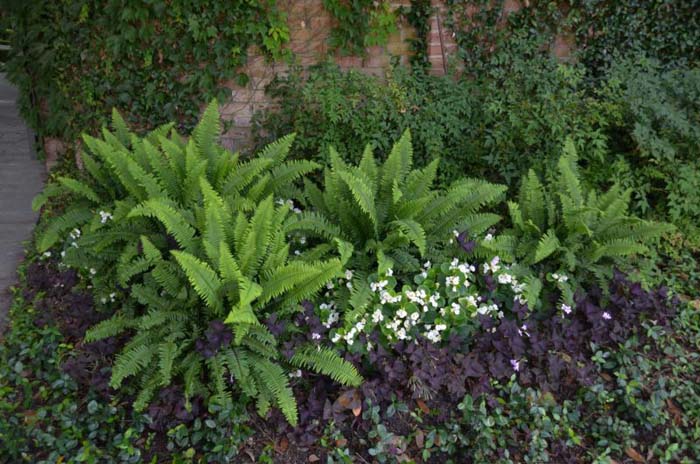
This evergreen plant grows in shady areas regardless of the soil. It feels good on rocky soil or a well-fertilized one. Typically it produces vase-shaped clumps to 2-inch height.
The leaves are green, with deep notches. It looks well when grown alone or in a combination with wildflowers. It makes an interesting exotic surrounding for water features or ponds.
- USDA Growing Zones: 3 to 8
- Botanical Name: Dryopteris Marginalis
via Le Ann Torrans
18. Lenten Rose
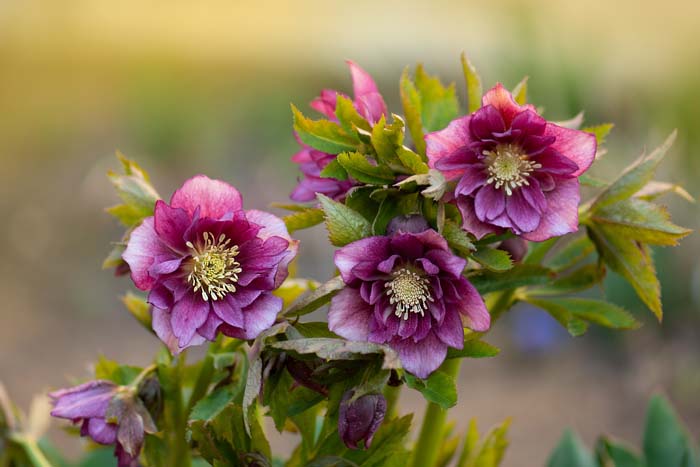
The Lenten rose produces large cup-shaped blooms that remind of a rose. Usually colored in purple, the petals complement the yellow stamens.
Usually, it develops clusters that grow up to 1.5-inch height. This plant grows as an evergreen one in moderate winters. If not insulated by snow cover, it can be lost.
The blooms appear in late winter and continue to spring. This makes it perfect to enjoy your garden even in the coldest season.
- USDA Growing Zones: 4 to 9
- Botanical Name: Helleborus Orientalis
19. Mint
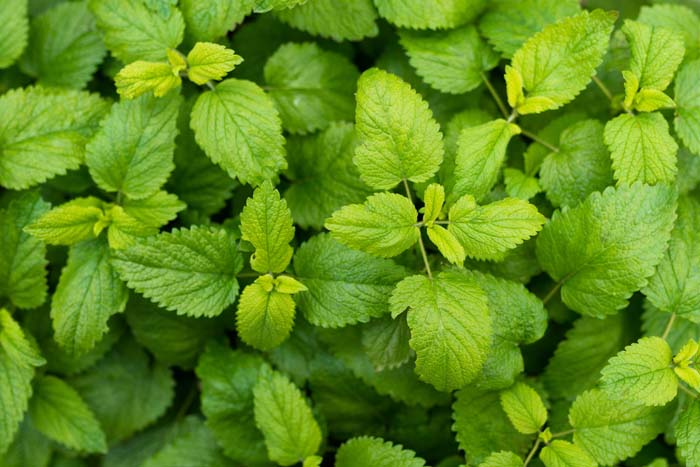
The Mint is not only a well-known herb but also a great ground cover plant. It is a perennial that grows easily without much care. Just plant it in the garden and soon it will cover a large space.
The Mint needs full to partial shade and moist and well-drained soil. It grows up to 20 inches.
- USDA Growing Zones: 3 to 11
- Botanical Name: Mentha
20. Ornamental Sweet Potato
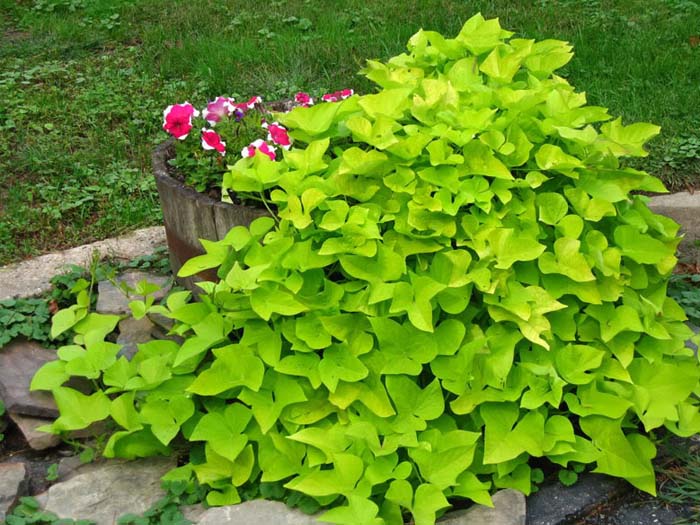
It is an ornamental plant that creates vines that are mostly used as sprawling ground cover. The sweet potato is an annual plant that is loved because of its attractive leaves.
Mind that they need at least 6 hours of sun, then the leaves need a rest at shade. Their color varies- from gold, bronze and brown to red, purple, nearly black.
The leaves look like hearts, reminding the shape of the ivy foliage.
- USDA Growing Zones: 9 to 11
- Botanical Name: Ipomoea Batatas
21. Purple Heart
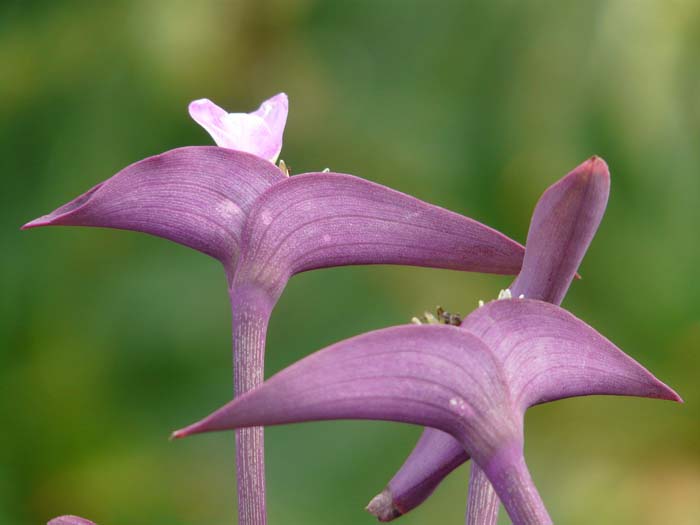
Mostly used as an ornamental plant for gardens and borders, the Purple heart is also a ground cover that likes shade but doesn’t like winter. If you are willing to create a thick ground section with it, you can propagate it easily with cuttings.
It prefers places with full sun to partial shade and well-drained high organic soil.
- USDA Growing Zones: 7 to 12
- Botanical Name: Tradescantia Pallida
22. Spotted Dead-nettle
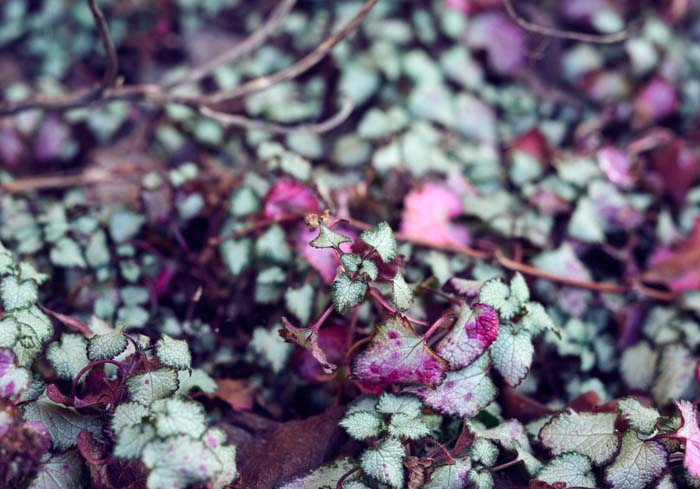
This species can reveal variations of leaves when it comes to size and shape, as well as in terms of hairiness and flower colors. It doesn’t become high but it creates stems branched at the base and thus create the wanted ground cover effect.
It feels best in part to full shade areas and well-drained moist soils. In most cases, the leaves are heart-shaped. The flowers they produce vary in colors- magenta, pink or white blossoms appear in mid-spring and last to fall.
- USDA Growing Zones: 3 to 8
- Botanical Name: Lamium Maculatum
23. Sweet Woodruff
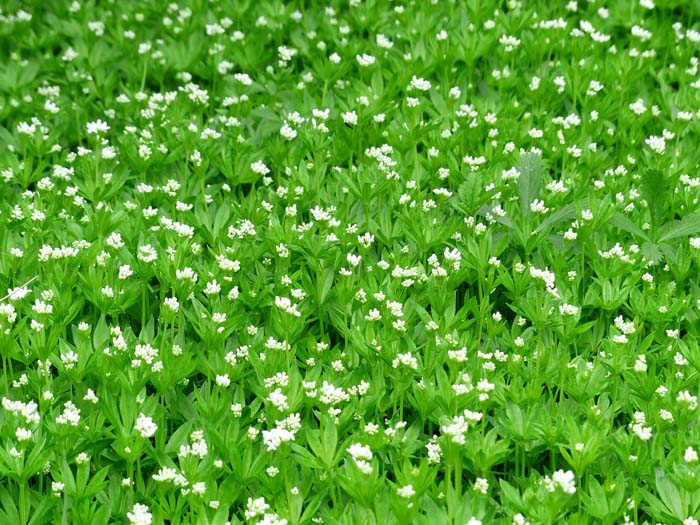
This ground cover grows quickly and thrives at shady places. To limit its spread, you can create an edge that will stop the rapid growth.
In addition to that, it can tolerate drought but not for a long time. No special preparation of the soil is needed for its planting or transplanting.
- USDA Growing Zones: 4 to 8
- Botanical Name: Galium Odoratum
24. Variegated Ground Ivy
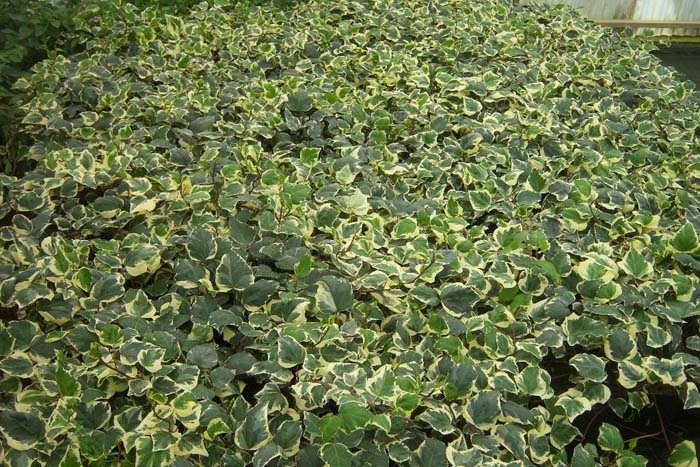
This ground cover plant keeps alive its green foliage and the stems beneath it under the snow which preconditions the blooming phase early in spring.
It can be growth literally everywhere as it propagates vegetatively. Commonly known as ground ivy, it is an aromatic and evergreen creeping plant that belongs to the mint family. The flowers of Glechoma are symmetrical, in the shape of a funnel and in blue to violet color.
- USDA Growing Zones: 4 to 9
- Botanical Name: Glechoma Hederacea ‘Variegata’
via Garden Org
25. Wandering Jew
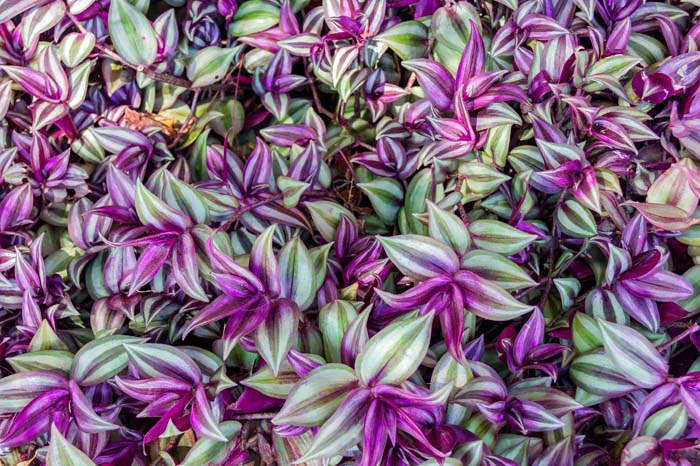
Zebrina’s stem is a succulent type that creeps around itself to form a short shrub. The leaves grow up to 2.5 inches and are evenly spread along the stem.
The top surface is hairy and its color- like the rainbow. At the bottom, the color is vivid lilac with silver stripes. The ends are wine red. The round stems are turquoise with dark red spots and dots.
Because of its unique colors, it is a preferred ground cover in landscape arrangements.
- USDA Growing Zones: 7 to 11
- Botanical Name: Tradescantia Zebrina
26. White Inside-Out Flower
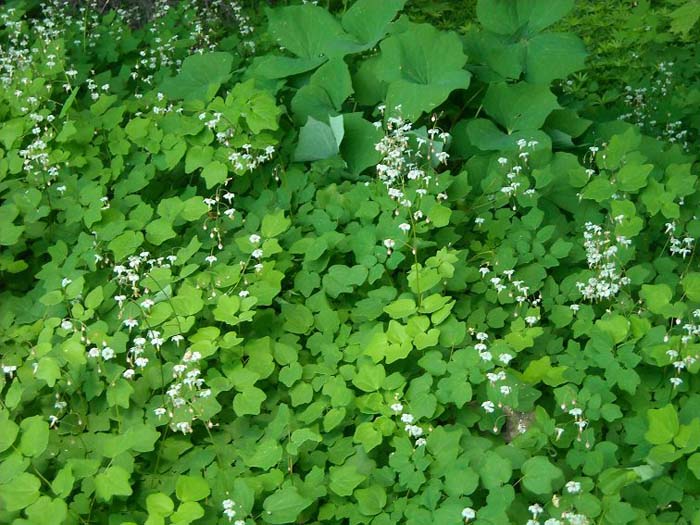
This ground cover easily grows in moist and well-drained soils in part to full shade spots. If you want to grow a carpet of it, you need to be patient. It doesn’t spread that quickly, especially if it is not planted in the right spot.
So if you are in a hurry to see the delicate bell-like cluster flowers, propagate and plant the prepared stems and once.
- USDA Growing Zones: 5 to 9
- Botanical Name: Vancouveria Hexandra
via Alchetron
27. Wild Geranium
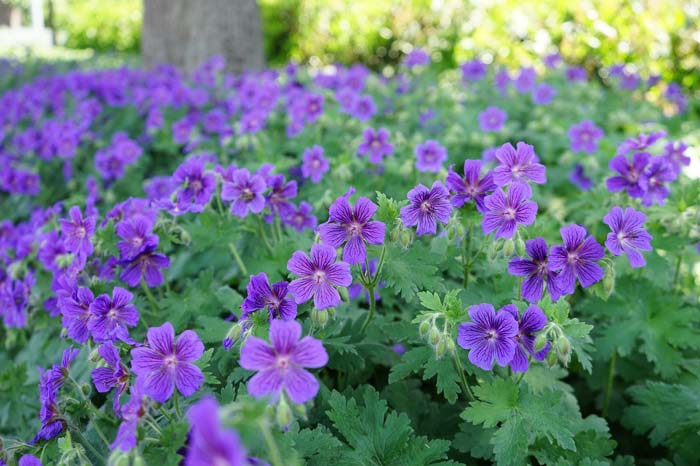
Wild geranium is easily cultivated and maintained as an ornamental plant. In shady places, it is used as ground cover but if the shade is full you won’t be enjoying its flowers. They are so beautiful and attractive to butterflies.
The petals are usually pink to lavender but may be even darker.
- USDA Growing Zones: 4 to 9
- Botanical Name: Geranium Maculatum
28. Wild Ginger
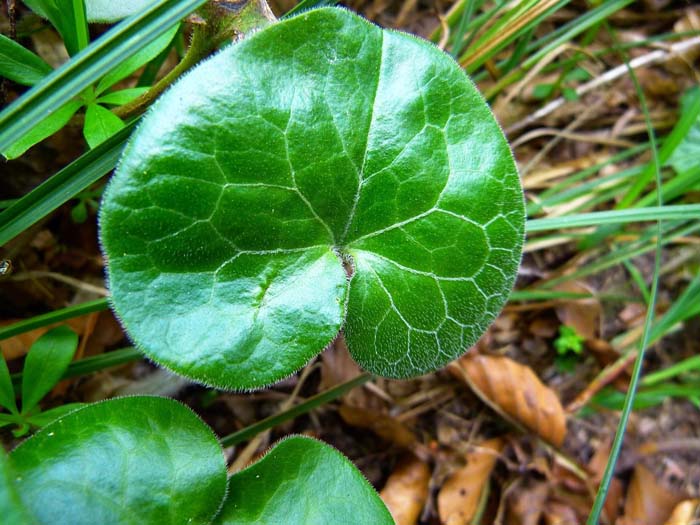
The wild ginger can be grown as a ground cover plant in shady garden beds or woodland gardens. It creates a green carpet very rapidly if individual plants are planted at a distance of 12 to 24 inches.
If that is not kept, it will grow moderately slowly. The leaves are kidney or heart-shaped with a glossy green surface.
This species can resist the deepest shade which makes it an irreplaceable ground cover solution.
- USDA Growing Zones: 6 to 9
- Botanical Name: Asarum
29. Yellow Archangel
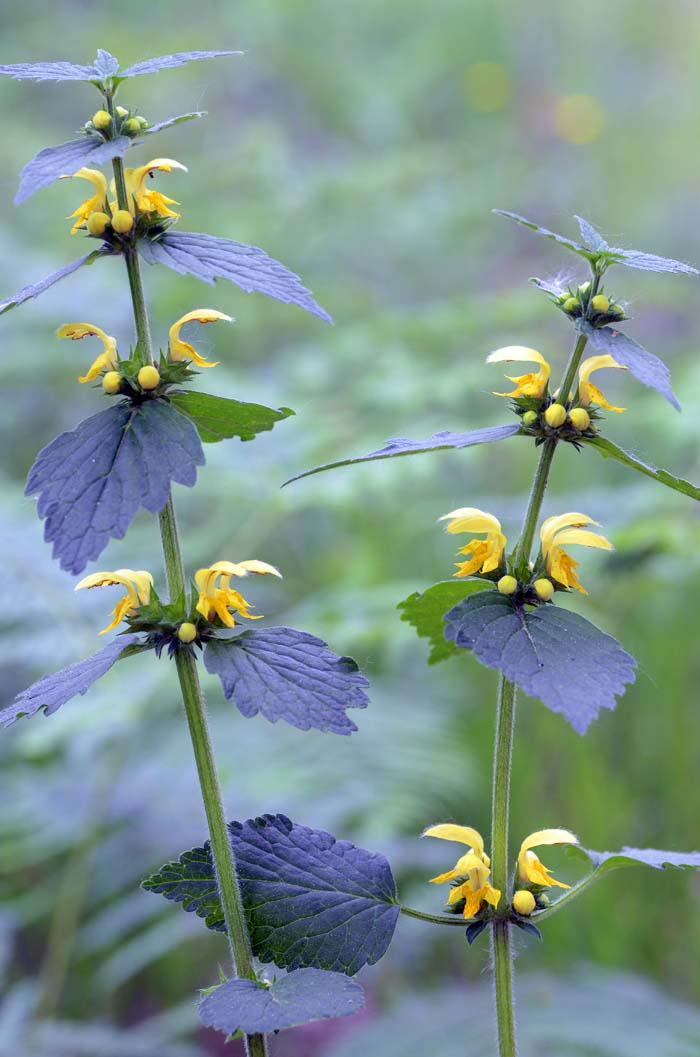
It is a perennial plant, reaching about 1 to 2 feet in height. The tube-shaped, yellow flowers bloom in spring. It is preferred for its rich green and silver foliage that grows sufficiently even in shade.
They create a lovely point of interest even when they are not in the blooming phase and therefore they find a place also as an edging plant for border gardens.
- USDA Growing Zones: 4 to 8
- Botanical Name: Lamium Galeobdolon
Some of these shade plants are drought tolerant while others love moist soil so be careful when choosing the right spot in your garden.

